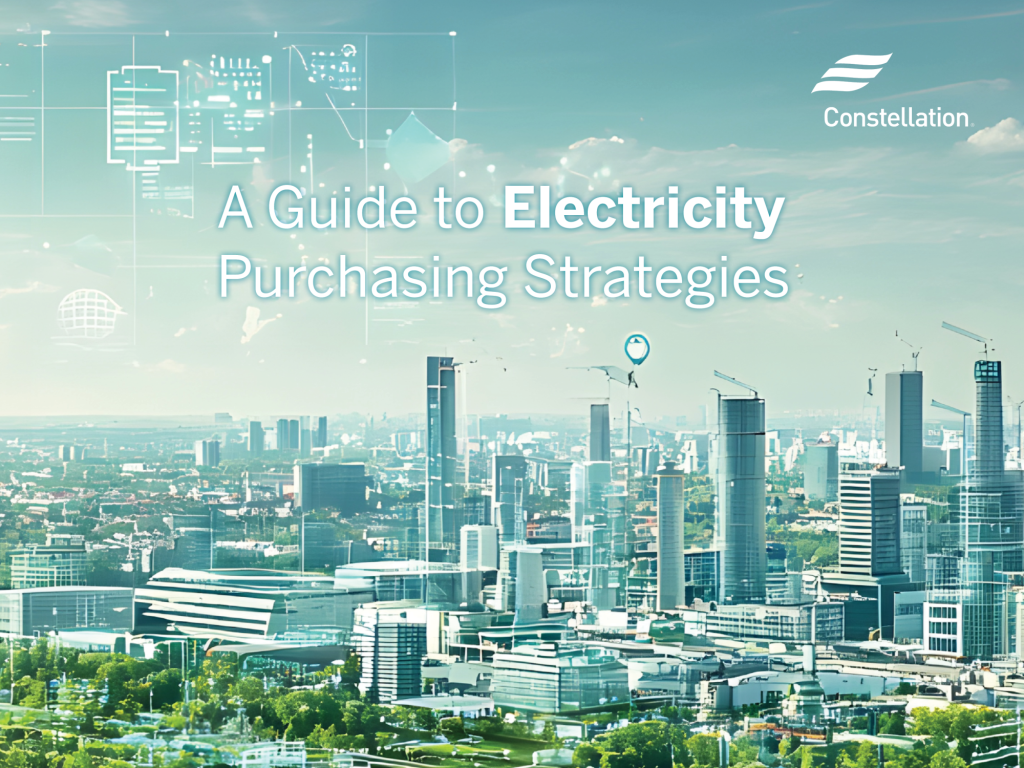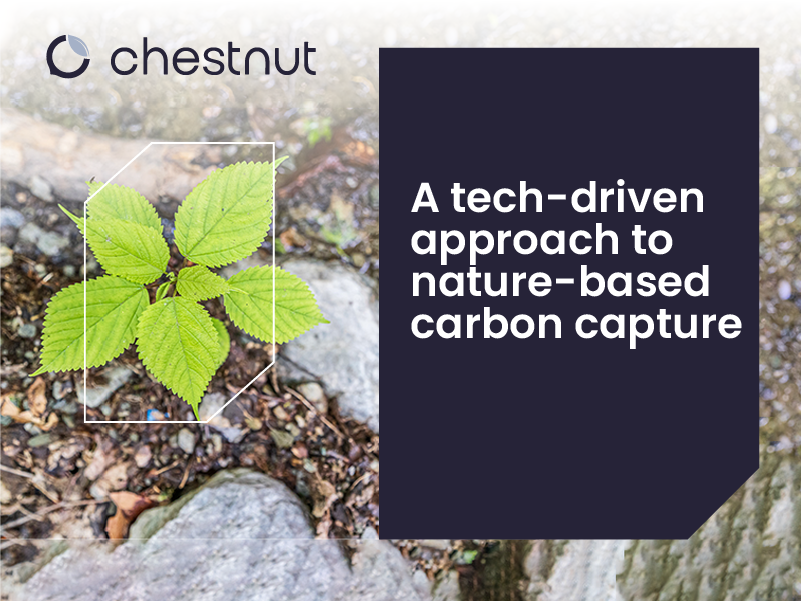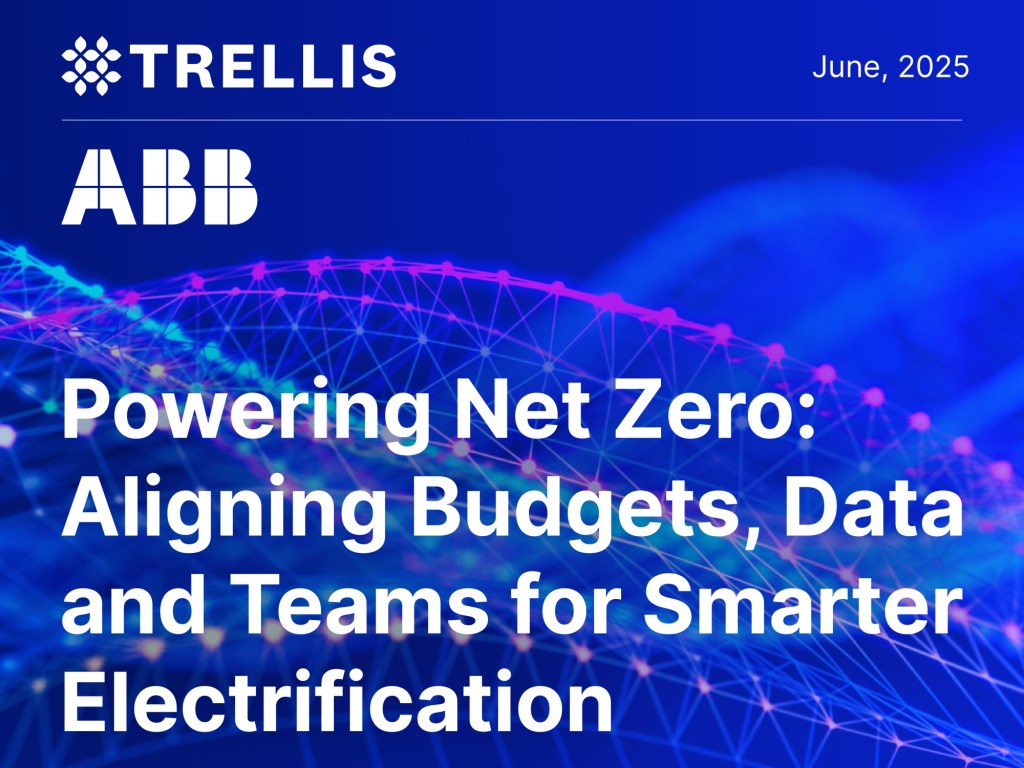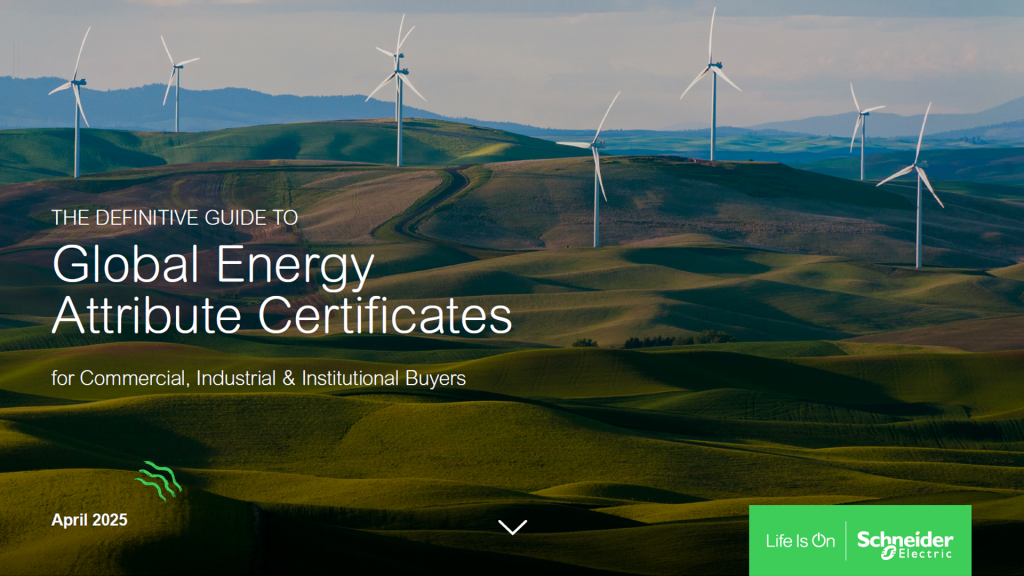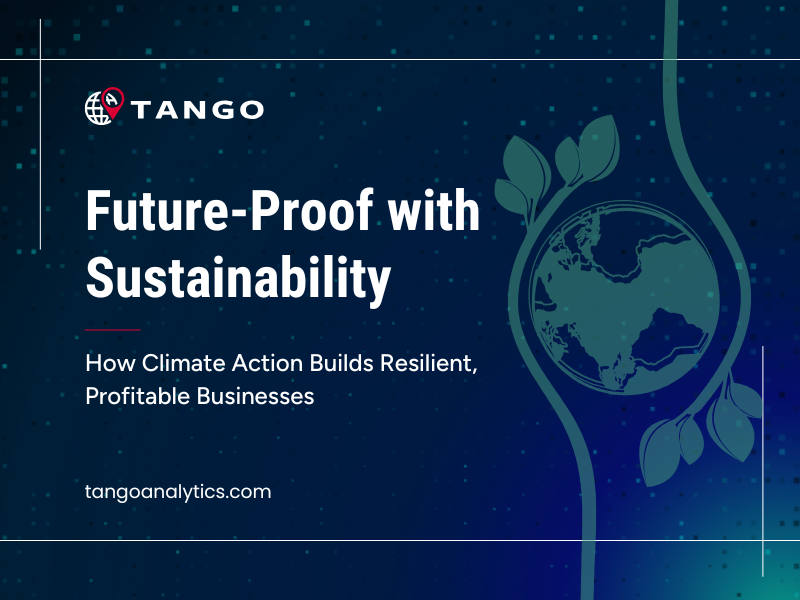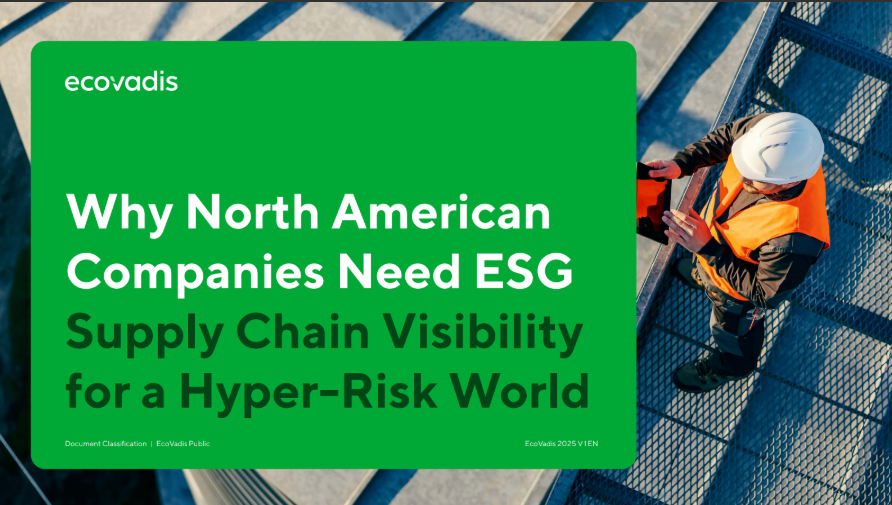Buying Greenhouse Gas Offsets: Choosing Between Emissions Reduction Projects and Carbon Sequestration Projects
There are two fundamental types of offsets. One involves reductions in fossil-fuel emissions and the other involves sequestering carbon in biological systems, such as forests and farms. Both can be effective at reducing atmospheric carbon dioxide levels. This article provides a brief discussion of the distinguishing attributes of these two main offset categories.
Fossil-Fuel Based Projects
The combustion of fossil fuels is the lifeblood of our economy. Since our buildings, factories, power plants, and vehicle fleets all burn fossil fuels, all are potential sources of emissions reductions. Offsets can be created by actions such as residential and commercial building efficiency, industrial efficiency, transportation efficiency, renewable energy, cogeneration, landfill gas to electricity, fuel switching, and power plant upgrades. These types of projects reduce the use of fossil-fuel, thereby reducing the amount of CO2 emitted by the combustion process.
Side Benefits: Fossil fuel-based offsets often reduce emissions of other fossil fuel combustion byproducts as well, including SOx, NOx, and even carcinogens. This can bring important local environmental and health co-benefits. By saving fuel, these offsets often save money. They also can improve comfort and productivity and reduce traffic congestion.
Ownership Questions: The treatment of projects that reduce the use of electricity has not been finally determined. From an equity point of view, this carbon benefit should accrue to the owner of a cogeneration facility or the end user investing in an efficiency upgrade. But since the emissions reduction occurs at a smokestack at some remote point on the power grid, it is possible that regulations will award these benefits to power generators. Some avoid this type of project due to this uncertainty, while others address this in the structure of their offset contracts.
Sequestration Based Projects
Around one-quarter of the buildup of CO2 in the atmosphere has come from degrading forests and soils. Sequestration offset projects reverse this degradation by absorbing CO2 from the atmosphere and storing it in forests and soils. Sequestration has the potential to play an important but minority role in addressing climate change. Offsets can be created by reforestation and afforestation (the conversion of open land into forest), forest preservation, managing forests for harvest while boosting carbon stock, and no-till agriculture.
Side Benefits: One of the strengths of forest offsets is the contribution they can make to solving other crucial environmental problems, such as preservation of biodiversity, endangered species, and watersheds. This is especially true of projects that save a mature forest that is slated for cutting.
Eligibility Questions: The role of sequestration has been one of the more contentious aspects of the Kyoto Protocol. As a result, only reforestation and afforestation projects are eligible under Kyoto. By contrast, projects that preserve forests slated for cutting or extend harvest rotation cycles are not eligible for trading under Kyoto’s trading mechanisms, though their carbon benefits can help countries meet their individual Kyoto targets.
Permanence: An important factor when considering forestry offsets is that they lack permanence. In other words, a ton of carbon that is sequestered in a forest may be released at a later date. (Fossil fuel–based offsets do not face this risk.) There is considerable debate regarding how best to treat questions of permanence, especially since sequestration contracts typically cover only a fixed period of time. Some use perpetual conservation easements to address this concern. Some believe that releasing carbon many years from now will be of little consequence, because we will have developed low- and no-carbon technologies to meet the challenge of climate change in the interim. It is possible, however, that those who purchase forestry offsets will be required to replace any tons that are subsequently released to the atmosphere.
Additional Comparison Points
Two additional factors, cost and timing, help to distinguish fossil fuel–based projects from sequestration-based projects.
Cost: Price is a natural consideration in any venture. It was initially thought that forestry-based offsets would cost less then energy-based offsets, but this is not necessarily true. These long-lived projects often carry greater monitoring and verification costs, and forgoing or delaying the harvest of trees creates significant opportunity costs which often require compensation as a part of offset project costs. Some energy-based projects, such as cogeneration, make money, while others involving efficiency save money. This can help keep the cost of these energy-based offsets cost-competitive.
Timing: For some, the timing of offsets can be an important factor. Sequestration projects have various time profiles. A forest preservation project involving a forest slated for near term harvest can yield a large block of near term offsets. A reforestation project usually has limited yields in the early years that accelerate as the trees mature. Fossil-fuel based offsets typically have shorter lives than sequestration projects, and tend to yield the same greenhouse gas benefits each year.
Taking Action
In the United States, companies are buying offsets for several purposes: meeting state regulatory requirements, gaining experience, banking emissions reductions for use in a future regulatory regime, and environmental altruism. However, though government and market standards for offsets are under development, none are currently in place. Thus, before making a major purchase, it is advisable to engage experts in the offset market as well as environmental groups, because their input into the standards setting process will carry some weight.
Despite the uncertainty surrounding offsets, many institutions are investing in offsets to help meet the critical challenge of climate change. Quality offset projects of both fundamental types are available at reasonable prices — and these prices will only rise as regulatory systems take effect. A well-informed buyer need not wait.
